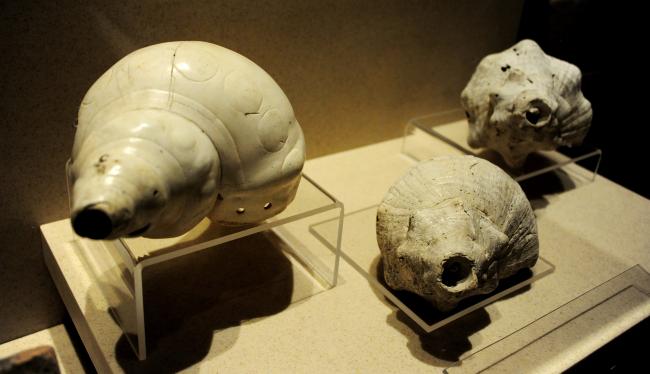
Paleontology in Tlaxcala
Sala
The First Humans in Tlaxcala
Over 15,000 years ago, one of the largest human migrations into the Americas began. Descendants of these early migrants gradually reached the region of Tlaxcala about 11,000 years ago. There, they encountered a cold, humid, and hostile environment, yet managed to survive by gathering plants and hunting large animals that are now extinct, such as camelids, mastodons, horses, and bison. The oldest archaeological traces of their presence in Puebla and Tlaxcala include a Clovis point and remains of plants and animals they consumed in caves and rock shelters.
Climate Change and Extinctions
Intense climate change roughly 12,000 years ago led to the extinction of more than three-quarters of the megafauna. Decreasing humidity and a shift in vegetation, combined with disease and human overexploitation, caused the rapid disappearance of large mammals. As a result, human groups had to turn to other resources such as fruits, seeds, and small animals—an adaptation that would eventually lead to plant domestication and the birth of agriculture between 7,000 and 5,000 years ago.


